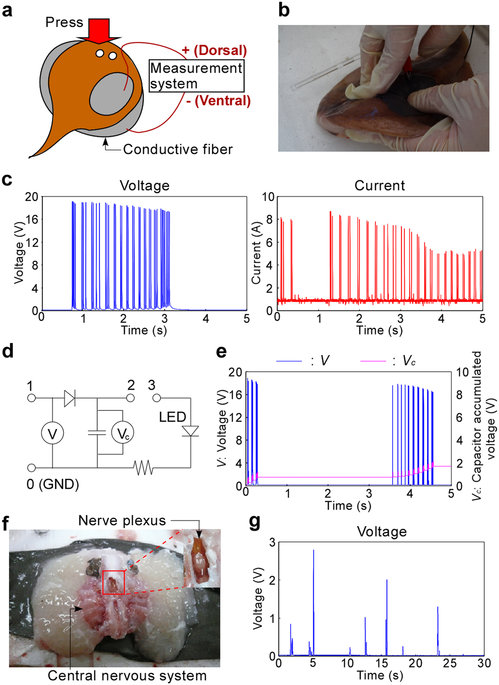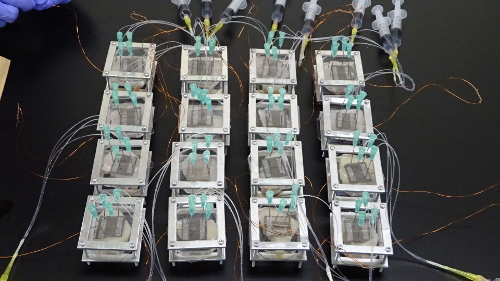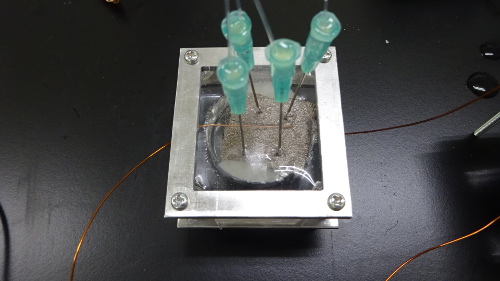Scientists all across the whole world want to produce probably the most innovative and eco-friendly methods to generate power. From biofuel towards the using micro-organisms, there’s absolutely no dearth of groundbreaking and revolutionary ideas the creation of clean power.
Recently, an investigation team from Japan’s RIKEN Quantitative Biology Center (QBiC) struck upon probably one of the most all-natural how to generate electrical energy. The team utilized an electrical ray, also called the torpedo seafood, to light an LED.

Image Source: RIKEN
The scientists linked the electricity-producing organs of the torpedo fish to a LED via electrodes. The electrodes had been attached to the ventral plus the dorsal region of the fish. A small force was applied to your head for the torpedo seafood whereby it generated an electric pulse, long enough to keep the LED lighted for a brief period.

Image supply: RIKEN
To ascertain the chance of saving the electrical energy becoming made by the seafood, researchers from RIKEN hooked it to a capacitor. The capacitor charged to 2 volts, adequate to power another LED and an electric powered model vehicle.

Image Source: RIKEN
Finally, the electricity-generating organs therefore the associated neurological system was removed from the Ray fish. A neurotransmitter named acetylcholine option had been added to stimulate the organs for energy generation. A serial circuit ended up being made out of various products containing the bodies. The group was able to generate an output of 1.5 volts and a present of 0.64 mA.

Image Resource: RIKEN
The research group of RIKEN features published its findings in a diary known as Scientific Reports:
“Our system can be a design for energy generation systems using a biological generation technique on the basis of the ATP power transformation system if electrocytes, electric organs or comparable methods can be artificially developed.”
Ray fish, scientifically named Narke japonica, ended up being employed by the ancient greek language and Roman civilizations to deal with gout and problems. The fish are now being studied for power generation properties.
The research will show useful in focusing on how the charges are produced by the ray fish by transforming adenosine triphosphate (ATP) from sugar into electrical energy. The exact same procedure may one day be used to produce electrical energy artificially utilizing chemical substances and artificial system.
Brings quite a definition into the ray of light, does not it?
